Commenti / Domande (56)
Claudia Alarcon ha scritto:
Hola me pueden indicar si el diagrama se teje también en la espalda? o sólo es en el delantero? gracias
28.03.2016 - 05:23DROPS Design ha risposto:
Hola Claudia. Si, el diagrama se trabaja en el delantero y en la espalda.
28.03.2016 - 10:35
![]() Ellen Haring-Peltenburg ha scritto:
Ellen Haring-Peltenburg ha scritto:
In de patroonbeschrijving staat, na het breien van het boord en de twee nld ribbelsteek, dat ercna 10 cm gemeerderd gaat worden. Is dit 10 cm vanaf de boord, of 10 cm vanaf begin van het werk? Met vriendelijke groet, Ellen Haring
26.11.2015 - 10:36DROPS Design ha risposto:
Beste Ellen. Je meet vanaf het begin van het werk.
26.11.2015 - 14:18
![]() Christine Morin ha scritto:
Christine Morin ha scritto:
Référence: diagramme M1; suite au 2 rangs de point mousse, on débute le diagramme. Cependant doit-on débuter avec la 2ième ligne du diagramme car à la première ligne à la deuxième maille il est mentionné de tricotter ens à l'envers la jetée et la maille glissée mais elle n'a pas encore été fait à ce moment là (car on débute le diagramme). Merci de m'aider à comprendre.
11.11.2015 - 04:30DROPS Design ha risposto:
Bonjour Mme Morin, après les 2 rangs point mousse, on tricote M.1 sur l'endroit ainsi: *1 jeté, glissez 1 m à l'end, 1 m env*, répétez de *-* sur les mailles concernées. Cliquez ici pour en savoir plus sur les diagrammes. Bon tricot!
11.11.2015 - 09:42
![]() Margaret ha scritto:
Margaret ha scritto:
Can anyone tell me where to find quantities of wool necessary for this garment.
23.09.2015 - 15:41DROPS Design ha risposto:
Hi Margaret. It's stated at the top of the pattern: Size: S - M - L - XL - XXL - XXXL Materials: DROPS ALPACA from Garnstudio 350-400-450-500-550-600 g, colour no 0618, beige
23.09.2015 - 16:23
![]() Eric ha scritto:
Eric ha scritto:
Comment faire M1? Les points noir dans le rang 1 ? c'est 1 m env et rang 2 1 m end = Lignes verticale et l'horizontale moins prononcés. Ma mère fait différent : rang 1 des 1 m end et rang 2 des 1 m env = Lignes verticale avec des boucles. Vous donner deux réponses contradictoires; dans le rang 1 les m env le 02.01.2014 et les m end le 17.12.2012. De plus, doit-on faire une m end au début et a la fin (m lis)? Merci!
26.03.2015 - 02:02DROPS Design ha risposto:
Bonjour Éric, les points noirs se tricotent en jersey env, soit à l'env sur l'end et à l'end sur l'env. Au rang 1, vous les tricotez à l'envers (= sur l'endroit), au rang 2, vous les tricotez à l'end (= sur l'envers). Répétez le diagramme en largeur, c'est-à-dire qu'à la fin du rang, terminez (sur l'endroit) par la 1ère m à droite du diagramme (1 jeté, glissez 1 m à l'end). Bon tricot!
26.03.2015 - 09:00Sibylle Schmid ha scritto:
Das Schnittmuster scheint falsch beschriftet. Armloch 9cm, das kann nicht sein. Muss wohl auf jeder Seite die Hälfte sein. Dann passt es mit den anderen Maßen zusammen. Bei Größe XXXL wären das dann 5,5cm. Abgenommen werden aber 18 Maschen, das wären ungefähr 8cm. Hier stimmt leider garnichts.
22.02.2015 - 14:28DROPS Design ha risposto:
Die Angabe müssen Sie im Zusammenhang mit dem Ärmel sehen, sie zeigt die Länge der Armkugel an. Größe XXXL: Der Ärmel wird bis zu einer Länge von 55 cm gestrickt, dann folgt die Armkugel mit 11 cm = 62 cm Gesamtlänge wie in der Skizze. Durch die Rundung hat die Armkugel ein etwas anderes Maß als die Armausschnittbreite, passt aber trotzdem hinein.
06.03.2015 - 10:08Rachel ha scritto:
It seems that the point at which you cast off for the neckline might not be right. In the smallest size it says to bind off the middle 5 stitches when the work is 50 cm long, and then to continue with the decreases for the V neck until the work is 60 cm long. This results in a neckline that is too small for an adult's head, especially after adding the ribbed neckline. I ended up ripping back and starting the neck closer to 43cm which has made a reasonable sized V-neck.
02.02.2015 - 10:49
![]() Cinzia ha scritto:
Cinzia ha scritto:
Non capisco bene le diminuzioni per la pala manica ogni due ferri 3maglie 4 volte e 2 maglie..? Grazie
29.01.2015 - 21:22DROPS Design ha risposto:
Buonasera Cinzia. Abbiamo integrato il testo: deve intrecciare ogni 2 ferri: 3 m per 4 volte, poi intreccia 2 m da ogni lato fino a quando il lavoro misura 63-62-61-61-61-61 cm; infine intreccia 3 m. 1 volta da ogni lato. Buon lavoro!
29.01.2015 - 22:26
![]() Kerstin ha scritto:
Kerstin ha scritto:
Beim Ärmel: Bedeutet am Anfang der Reihe für die Armkugel abketten: 3 M. 4 Mal, dass nur auf der Hinreihe am Anfang abgekettet wird, aber nicht auf der Rückseite?
19.12.2014 - 21:17DROPS Design ha risposto:
Liebe Kerstin, Sie müssen an beiden Seiten abnehmen, damit die Armkugel eine symmetrische Rundung erhält. Das machen Sie, indem Sie in JEDER R abketten, also am Anfang der Hin-R und am Anfang der Rück-R. Und zwar je 3 M 4x (also 4x am Anfang der Hin-R und 4x am Anfang der Rück-R), dann je 2 M bis zur angegebenen Länge, dann je 3 M 1x.
21.12.2014 - 23:40
![]() Ale ha scritto:
Ale ha scritto:
Ho una lana che si lavora con un ferro da 6, e il mio ragazzo porta una L. Dato che ho già disfatto interamente il maglione, avete qualche consiglio maggiore da darmi? grazie!!
24.03.2014 - 10:10DROPS Design ha risposto:
Buongiorno Ale, l'importante è che il suo campione corrisponda esattamente a quello indicato, non ha importanza la misura dei ferri. Inoltre, scorrendo la pagina può trovare lo schema con le misure per individuare la taglia adatta. Se ha già lavorato il modello ed era troppo grande, provi ad avviare una taglia più piccola. Buon lavoro!!
24.03.2014 - 14:04
Edward#edwardsweater |
||||||||||
|
|
||||||||||
Maglione da uomo lavorato ai ferri con collo a V in DROPS Alpaca. Taglie dalla S alla XXL.
DROPS 135-26 |
||||||||||
|
COSTE: * 1 m. dir., 2 m. rov. *, ripetere da * - *. M. LEGACCIO (avanti e indietro sui f.): lavorare tutti i f. a dir. MOTIVO: vedere il diagramma M.1. Ferro 1 nel diagramma = sul diritto del lavoro. -------------------------------------------------------- DAVANTI: Avviare 104-107-116-125-134-143 m. (compresa 1 m. di vivagno da ogni lato) con i ferri misura 2,5 mm con il filato Alpaca e lavorare a COSTE – leggere sopra – con 1 m. di vivagno da ogni lato per 5-5-6-6-6-6 cm. Passare ai ferri misura 3,5 mm e lavorare 2 f. a M. LEGACCIO – leggere sopra – ALLO STESSO TEMPO diminuire 1-0-1-0-1-0 m. sul f. 1 = 103-107-115-125-133-143 m. Continuare a m. rasata. FARE ATTENZIONE ALLA TENSIONE DEL LAVORO! Quando il lavoro misura 10 cm aumentare 1 m. da ogni lato ogni 12-5-5-5-5-7 cm per un totale di 2-5-6-6-6-5 volte = 107-117-127-137-145-153 m. Allo stesso tempo quando il lavoro misura 31-32-33-34-35-36 cm lavorare 2 f. a m. legaccio, e poi continuare in M.1. Quando il lavoro misura 40-41-42-43-44-45 cm intrecciare per lo scalfo da ogni lato ogni 2 ferri: 3 m. 1 volta, 2 m. 3-3-3-4-5-5 volte e 1 m. 2-3-3-3-3-5 volte = 85-93-103-109-113-117 m. Quando il lavoro misura 45-48-49-50-52-53 cm finire M.1 con 1 f. a m. rasata e 1 f. a rov. (visto sul diritto del lavoro), e continuare a m. rasata. Quando il lavoro misura 50-51-53-54-55-57 cm intrecciare le 5 m. centrali per il collo a V e finire ogni lato in modo separato. Intrecciare 1 m. sulla scollatura ogni 2 ferri: 1 m. 14-16-17-17-18-18 volte = 26-28-32-35-36-38 m. rimaste sulla spalla. Intrecciare quando il lavoro misura 60-62-65-67-69-71 cm. DIETRO: Avviare e lavorare come per il davanti. Intrecciare per lo scalfo come descritto per il davanti e continuare fino a quando il lavoro misura 58-60-63-65-67-69 cm. Ora intrecciare le 29-33-35-35-37-37 m. centrali per il collo. Intrecciare sulla scollatura ogni 2 ferri: 1 m. 2 volte = 26-28-32-35-36-38 m. rimaste sulla spalla. Intrecciare quando il lavoro misura 60-62-65-67-69-71 cm. MANICHE: Avviare 53-53-56-59-62-62 m. (compresa 1 m. di vivagno da ogni lato) con i ferri misura 2,5 mm con il filato Alpaca e lavorare a COSTE per 6-6-7-7-7-7 cm. Passare ai ferri misura 3,5 mm e lavorare 2 f. a m. legaccio e continuare a m. rasata. Quando il lavoro misura 12-12-15-12-12-10 cm aumentare 1 m. da ogni lato ogni 2,5-2-1,5-1,5-1,5-1,5 cm per un totale di 16-19-22-24-24-26 volte = 85-91-100-107-110-114 m. Quando le maniche misurano 55-54-53-53-52-51 cm (meno per le taglie più grandi a causa dello scalfo più lungo e della maggiore ampiezza delle spalle) intrecciare per l’arrotondamento della manica ogni 2 ferri: 3 m. 4 volte, intrecciare poi 2 m. da ogni lato fino a quando il lavoro misura 63-62-61-61-61-61 cm; ora intrecciare 3 m. 1 volta da ogni lato. Intrecciare le m. rimaste, il lavoro misura circa 64-63-62-62-62-62 cm. CONFEZIONE: Cucire i margini delle spalle. Attaccare le maniche. Cucire le maniche e i margini dei lati all’interno della m. di vivagno. COLLO: Iniziare alla sinistra delle 5 m. al centro davanti, riprendere circa 92 - 125 (divisibile per 3+2) attorno al collo con i ferri circolari misura 2,5 mm con il filato Alpaca e finire alla destra delle 5 m. al centro davanti. Lavorare avanti e indietro dal centro davanti. Lavorare 1 f. a dir. dal rovescio del lavoro e 1 f. a dir. dal diritto del lavoro, poi lavorare a coste come segue (1° f. = rovescio del lavoro): 1 m. a m. legaccio, * 1 m. rov., 2 m. dir. *, ripetere da * - *, finire con 1 m. a m. legaccio. Le coste saranno 1 m. dir./2 m. rov. visto dal diritto del lavoro. Quando la scollatura misura 4 cm intrecciare a coste. Mettere il lato destro della scollatura sul lato sinistro al centro davanti e affrancare attraverso entrambi gli strati. |
||||||||||
Spiegazioni del diagramma |
||||||||||
|
||||||||||
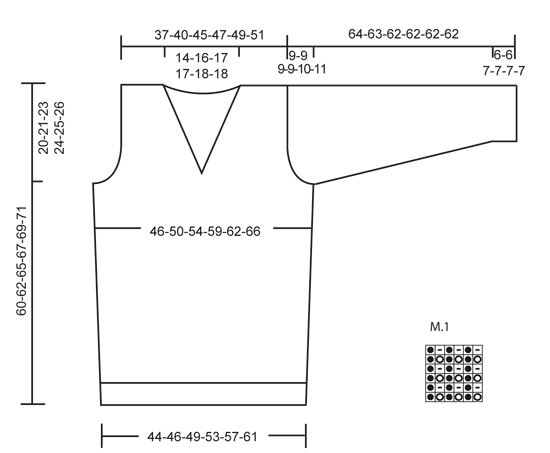 |
||||||||||
Avete terminato questo modello?Allora taggate le vostre foto con #dropspattern #edwardsweater o inviatele alla #dropsfan gallery. Avete bisogno di aiuto con questo modello?Troverete 6 video tutorial, una sezione per i commenti/domande e molto altro guardando il modello su www.garnstudio.com © 1982-2025 DROPS Design A/S. Ci riserviamo tutti i diritti. Questo documento, compreso tutte le sue sotto-sezioni, è protetto dalle leggi sul copyright. Potete leggere quello che potete fare con i nostri modelli alla fine di ogni modello sul nostro sito. |
||||||||||







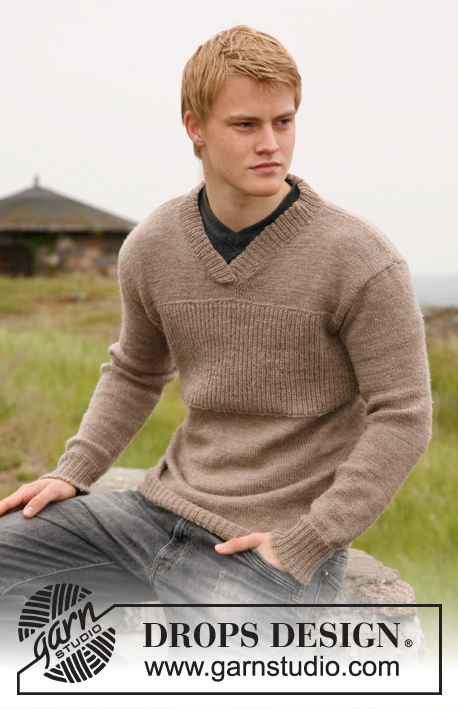





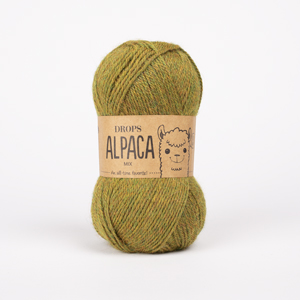


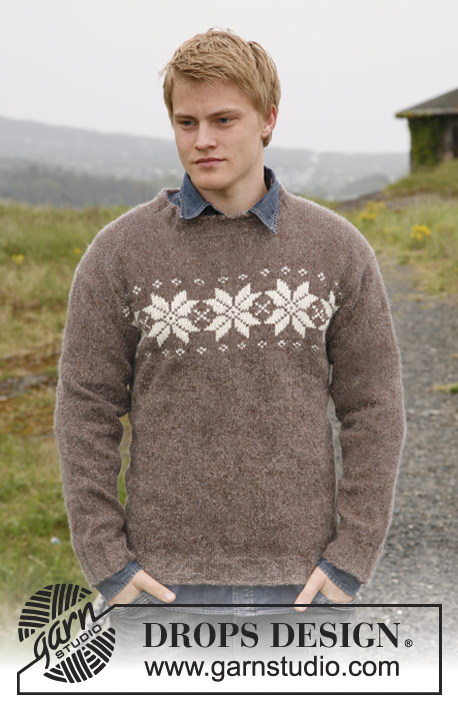
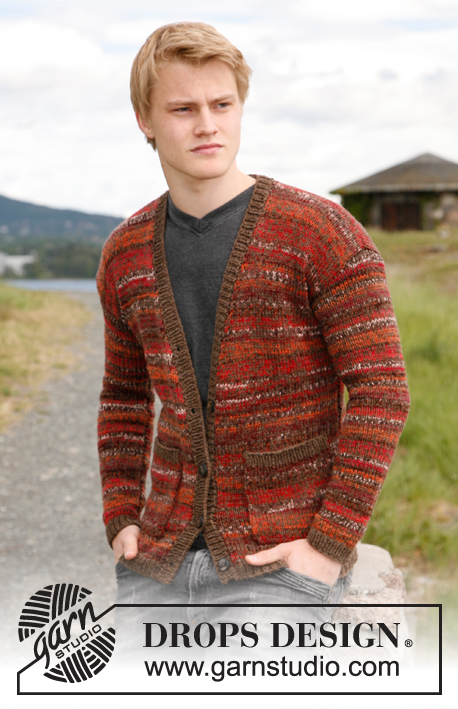
























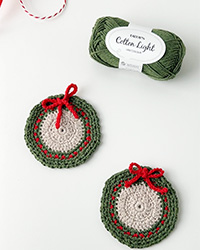
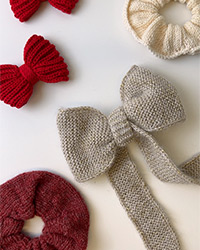
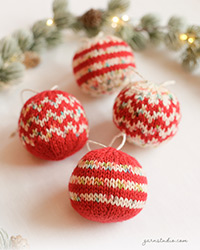
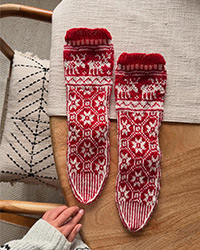

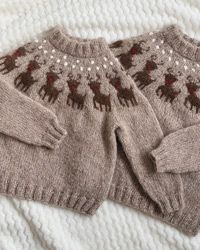
Lasciare un commento sul modello DROPS 135-26
Noi saremmo felici di ricevere i tuoi commenti e opinioni su questo modello!
Se vuoi fare una domanda, fai per favore attenzione a selezionare la categoria corretta nella casella qui sotto per velocizzare il processo di risposta. I campi richiesti sono indicati da *.